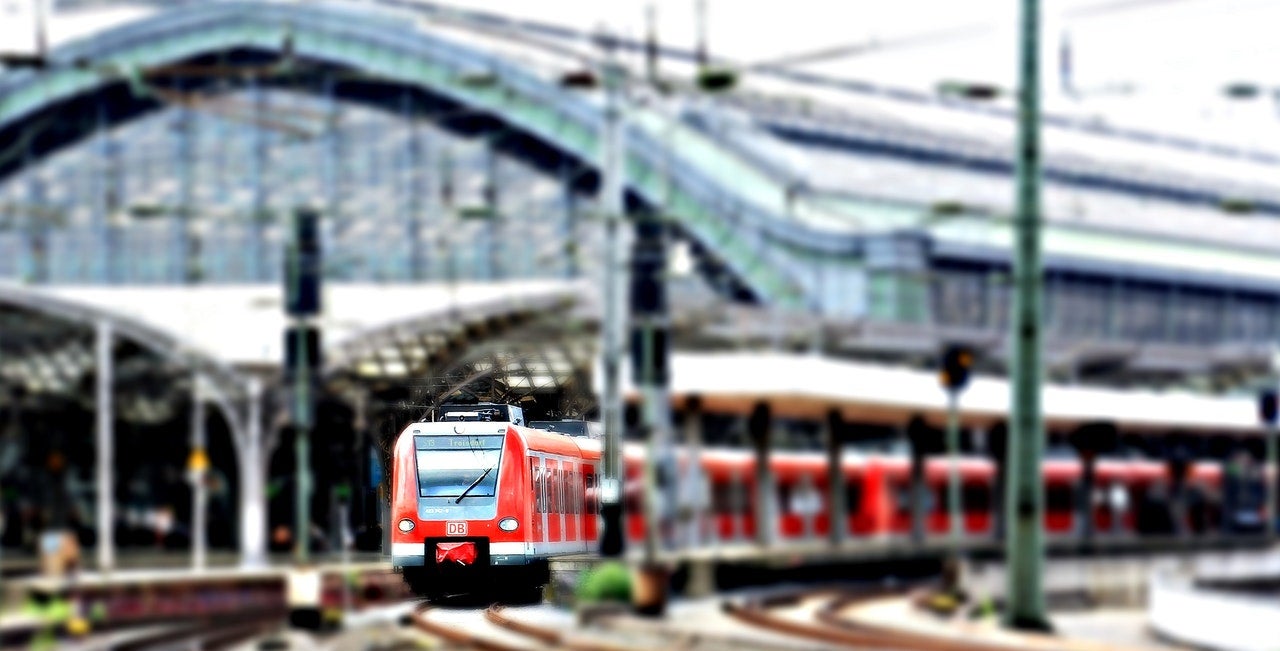
The challenges faced by transport providers – caught between the need to enhance social distancing measures and going back to pre-Covid passenger numbers – were at the centre of last week’s IRS ‘Digital nudge for social distancing’ webinar.
The webinar – which took place on 14 October and was the second of a series of four events – saw the participation of industry experts from around Europe, discussing how digital, as well as physical nudges, are needed to get back to a safe normal. Here are three main takeaways from the event.

Discover B2B Marketing That Performs
Combine business intelligence and editorial excellence to reach engaged professionals across 36 leading media platforms.
Lesson 1: shifting passengers will be more useful to the industry than social distancing
“Social distancing is a tricky topic for train operators because we don’t have financial losses if our trains are full and efficiently running.”
With these words, Julian Renninger – innovation and development manager at Swiss Federal Railways (SBB) – explained that distributing people to off-peak trains and hours is a better strategy for the railway sector compared to enforcing strict social distancing measures.
“Social distancing for us is more about shifting people rather than maintaining social distance inside trains,” he said.

US Tariffs are shifting - will you react or anticipate?
Don’t let policy changes catch you off guard. Stay proactive with real-time data and expert analysis.
By GlobalDataIn order to do so, Renninger explained, in the last few months, SBB relied both on selling cheaper tickets for less crowded connections and occupancy data.
Super Saver Tickets were introduced even before the pandemic and have always received positive customer feedback. “We can see in the data that people are taking slower trains or even trains with changes to save money,” he added.
Just like the Super Saver Tickets, occupancy data was introduced by SBB before the pandemic but only with the advent of Covid-19 did the tool really become critical.
By giving passengers information on occupancy – not only for the whole train but also for single carriages – the industry can nudge people towards shifting behaviour.
This still hasn’t happened, said Renninger, because a digital nudge is too weak to change travellers’ habits, but companies such as SBB are already exploring different opportunities, including sending people push notifications to steer them towards emptier trains.
“I think digital tools are very important little nudges and an element we need to address,” he explained. “However if address only this, it doesn’t change anything. I think we need to tackle the external factors, such when school starts or when office hours start.”
Lesson 2: Digital nudging is as important as physical nudging
According to Felix von Pechmann – director of passenger information project at the Autonomous Parisian Transportation Administration (RATP) – digital nudging was as fundamental as physical nudging to enforce social distancing in Paris’s rail system.
During the months of lockdown, RATP – which manages, amongst other things, 14 metro lines as well as two of the five regional express network lines – invested a lot in physical nudging.
Between March and May, the company deployed over a million stickers across its network while increasing the cleaning budget “quite significantly”.
Alongside the physical side, RATP focused also on digitally nudging its customers through navigating the railway network in post-lockdown times. Through the RATP app, travellers received important information on the status of the network, and could also check whether stations were open or closed or download the health certificate needed to move around Paris during the lockdown.
To provide travellers with crowdsourcing information, RATP developed a feature that allowed passengers to enter data describing the situation aboard trains and buses.
“We wanted to provide people with information on how crowded trains and buses are,” explained von Pechmann.
By taking a survey based on five elements, the app’s users can provide information on crowdedness. “We are mixing real-time information provided by passengers with predictions from machine learning,” he added.
The feature was well-received by passengers, as 94% thought it was useful to get information on train crowdedness. “I think the echo shows that our customers like and appreciate to have this new feature,” concluded von Pechmann.
Lesson 3: Centralisation and processing are needed to regain passengers’ trust and numbers
The rail industry is really struggling to regain passengers’ trust, with numbers still significantly lower compared to pre-Covid levels.
Transport connectivity and infotainment solutions company Passengera believes that in order to regain passengers’ trust the industry needs to focus on keeping passengers informed in real-time.
One challenge is that there are a lot of information systems available to passenger, which work separately, creating only confusion.
The company has developed a “connect and informed passenger journey system”, where information is proceeded together and sent to passengers at the right place on the right communication channel.
The central component of this information system, said Passengera CEO Jan Kolar, is the passenger software platform, which processes the input data and makes them viable on the right communication channels.
Features include giving out relevant information during booking phases, as well as passengers receiving real-time updates regarding their trips or information regarding platform and train crowdedness.
“There’s not just one technology to solve the complexity of passengers’ journeys, real-time and contextual information sharing,” Kolar concluded. “It’s about centralisation and processing information from various sources, creating a digital communication strategy.”



